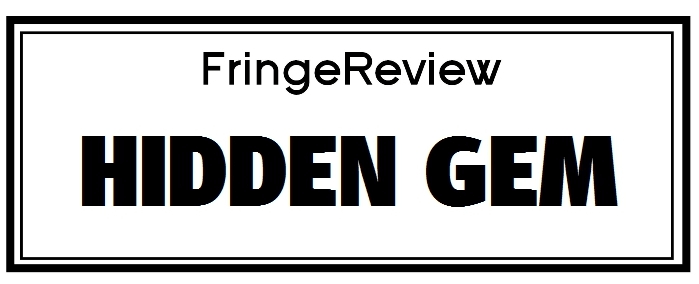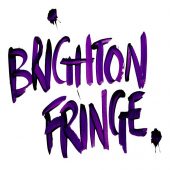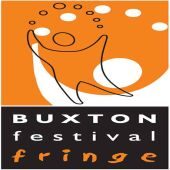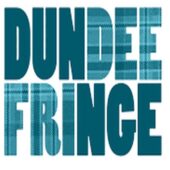Brighton Year-Round 2022
Unitarian, Kevin Allen Piano Recital
Kevin Allen

Genre: Live Music
Venue: Unitarian Chapel, Brighton
Festival: Brighton Year-Round
Low Down
Kevin Allen gave a piano recital at the Unitarian Chapel comprising Brahms Intermezzo in B minor Op 119/1, Berg’s Piano Sonata, Schoenberg’s Six Little Pieces Op 19 and two pieces from his Op 33, Nos 1 and 5; and Bartok’s Out of Doors Suite Op 14.
Review
It was Hans von Bulow who used to give historic piano recitals: starting out from Bach through to Brahms, traversing classic to late Romantic.
Kevin Allen – giving a piano recital at the Unitarian Chapel – takes up that baton; comprising a late Romantic traversal to modernism and sideways via ethno-musicology. Unlike von Bulow he’s not a conductor too, but a composer.
That ‘s clear in the way he articulates and feels expressiveness through clear-sighted use of form – something as a distant disciple of Schoenberg he’s always keenly aware of: line over blossoming expressivity.
Brahms Intermezzo in B minor Op 119/1 (1893)
This is the first of Brahms’ last set of four piano pieces of the 20 he wrote between 1892-3. The impulse came not from the piano but clarinet, dragging Brahms out of premature or at least self-proclaimed retirement and inspiring him laterally to piano-writing too.
The slow falling figure drops with a crystalline melancholy as Allen negotiates the adagio cascade of feeling in this remarkably lucid, spare and exquisite piece – perhaps the most French thing Brahms ever wrote. Allen handles the warm consolatory hug of closure with clear-eyed melancholy, a small gem of lucid regret and wistfulness.
Berg’s Piano Sonata (1907)
Late-romanticism has its pianistic apotheosis here and in Ravel’s Gaspard de La Nuit written months later. The Germanic or Austrian one here has th heft and exploratory qualities associated with Berg’s teacher Schoenberg, but particularly harks back to the tonal lucidity and spareness of the Brahms Intermezzo. Its falling figure picked out bears striking resemblances.
Allen handles and moulds the impassioned middle section with aplomb, and steers again a lucid course between expressivity – which he never lacks – and the emergent rigour of study.
The piece inevitably subsides into its opening post-tonal pause, subsiding into silence. Berg felt blocked stating this was only a first movement Schoenberg rightly told him he’dsd said all he needed to say, ad it was a sonata complete.
Schoenberg’s Six Little Pieces Op 19 (1911)
Schoenberg’s Op 19 are still tonally rooted in many respects. The Six Pieces are famed for the last one, an elegy for Mahler in cow bells. We’ll come to that.
The first piece isn’t entirely unlike the Berg, more chromatic and extreme, and certainly more epigrammatic – Schoenberg felt the future calling in the person of his other great pupil, Anton Webern. It’s a spiky but still peculiarly lyrical introduction.
The next, a pointillistic little march is like the previous, absolutely centre of Schoenberg’s expressive world, with a more emotive core fading into the distance with those marching chords. The third is much more romantic, heavy, Bergian one might say, but harking back to falling figures before sliding chromatically just to prove nervously how modern it is. The fourth is violent and brief. The fifth is again Romantic and fractured a little like the first. And the last, with its echoing chimes, very slow, evokes the cowbells on the mountain, a quirky elegy for Mahler, who’d died on May 18h 1911, when this piece was written.
Schoenberg: two pieces from his Op 23, Nos 1 and 5 (1923)
We’re already in another world here. Schoenberg had arrived at the invention of serial composition in 1921, and applied it here, so the inflections and expressiveness of Op 19 is sieved out into a strict application of rules that however, don’t cut us off from the pre-serial Schoenberg.
He’s still the composer who wrote out the agonies of Ewartung Op 17 and String Quartet No. 2 Op 10. Even of his last great Romantic score, the tone poem Pelleas et Mélisande Op 5. He’s different to other composers because he’s expressively wired in a larger world perhaps than Webern, a more systematic but less gestural one than Berg.
The Op 23 pieces are also for more aphoristic and compressed, the influence of Webern a complex thing, but their relationship clearly a left its mark on them both.
The first, small pointillistic snatches, never much above a whisper, and the last, a demented Waltz, easier to grasp inform and expressive substance. It’s not wholly outside the sound-world of Hindemith’s 1922 Suite, though there aesthetic was nominally completely different: Hindemith espousing a kind of utilitarian neo-classical sound world, jagged and brittle at times in that work, but distant from Schoenberg. The waltz form brings them within hailing distance. But this is Schoenberg. It expresses worlds. Allen’s on top of this agogic toppling life.
Bartok’s Out of Doors Suite Op 14 (1916)
Lurching sideways into a very different modernism, Bela Bartok’s word moved swiftly from Richard Strauss to a music inflected by modernist chromaticism. It’s not entirely clear to see how Bartok was influenced. He absorbed a hard-edged pianism as well as post-impressionist elements: both Debussy, Ravel and very differently Scriabin were bringing, as well as Schoenberg’s Second Viennese school.
Out of doors might evoke some pseudo-folksy healthy Americana, but it’s Hungarian, earlier, and different. The four pieces her are three loud and the last quiet. The first is an accelerated modal work both pithy and memorable, a dance suite. The second’s a fierce scherzo, not the Allegro barbaro of 1914, but pretty close. The third is more expressive and brooding, quite explosive. Only in the final work do we see something of the peace of the plains, a long withdrawing quiet roar.
Allen’s most at home in the Austro-German world, in some of which he remains sovereign as interpreter amongst contemporary pianists, in his compositional understanding. In that he stands among other composer-pianists who essay this territory: not as someone who can play the notes, which he clearly can, but for whom the music is essential as composer and a language to breathe in. There’s not many of them. Thomas Ades would never play Brahms for a start, nor perhaps too much of the rest of the repertoire. George Benjamin is firmly rooted in Messiaen as performer, and that’s rare. So Allen needn’t be too modest. In the Bartok he brings a fierce exuberant turn and a sense of rhythmic bite and daring, like a keyboard trapeze act. Thrilling stuff to end with.








































